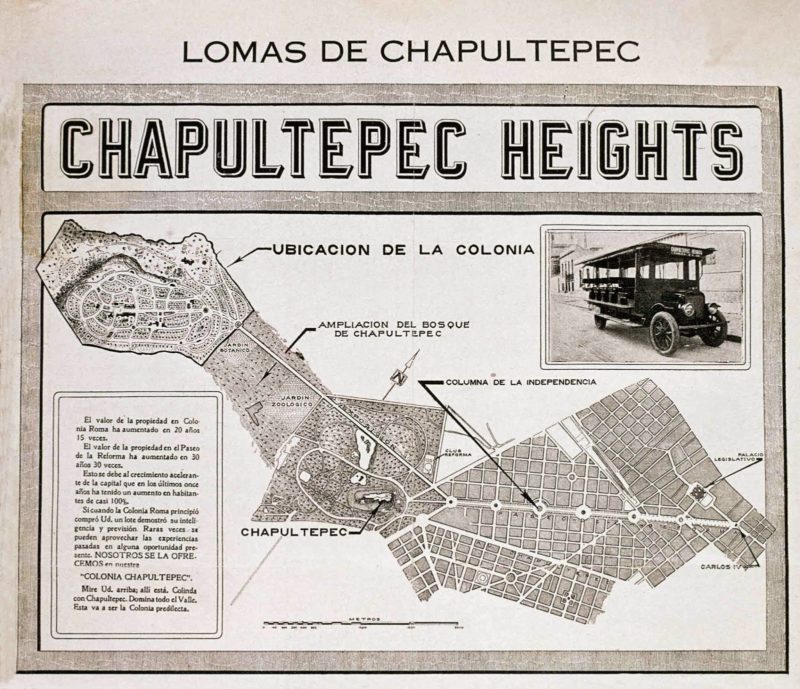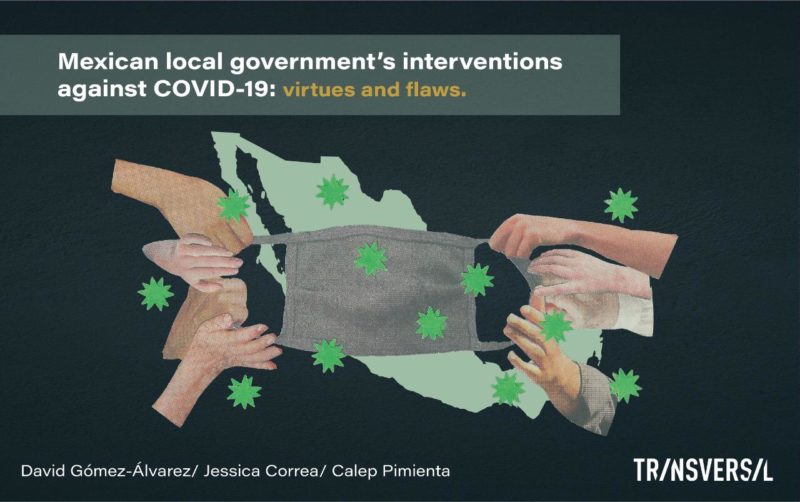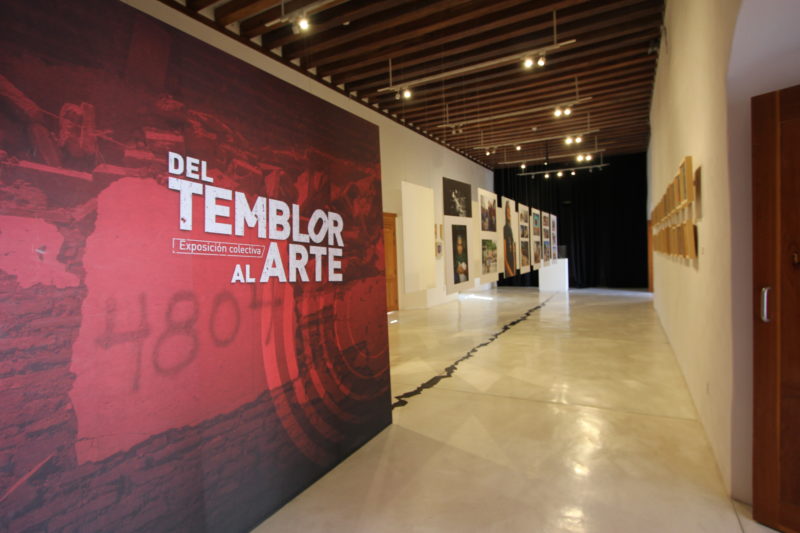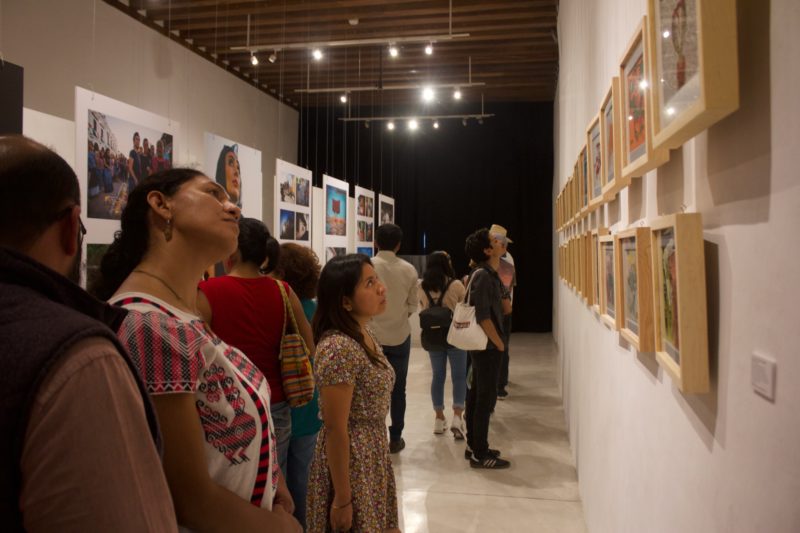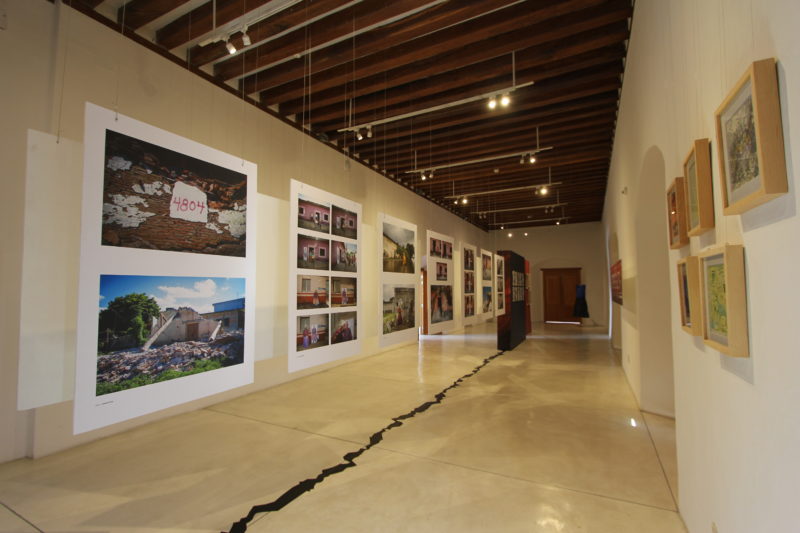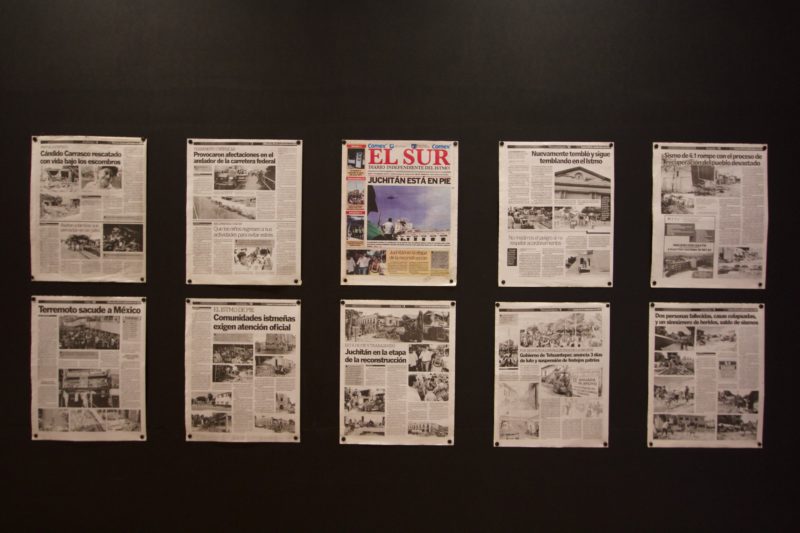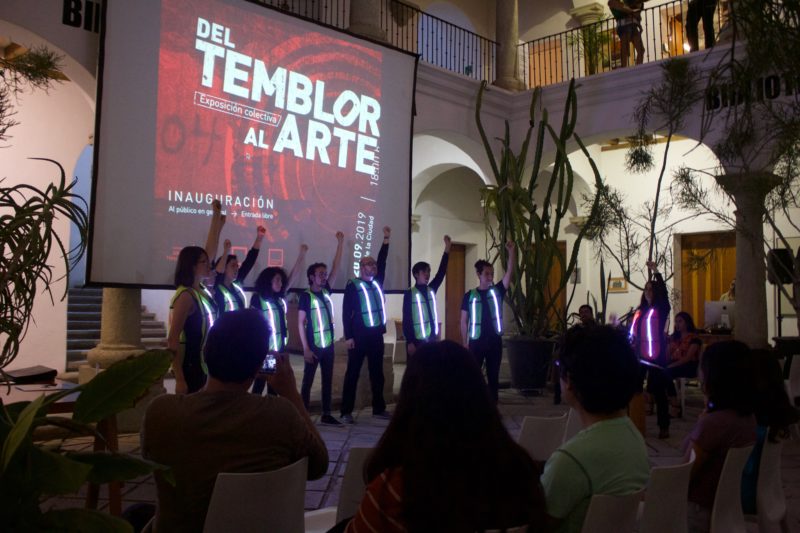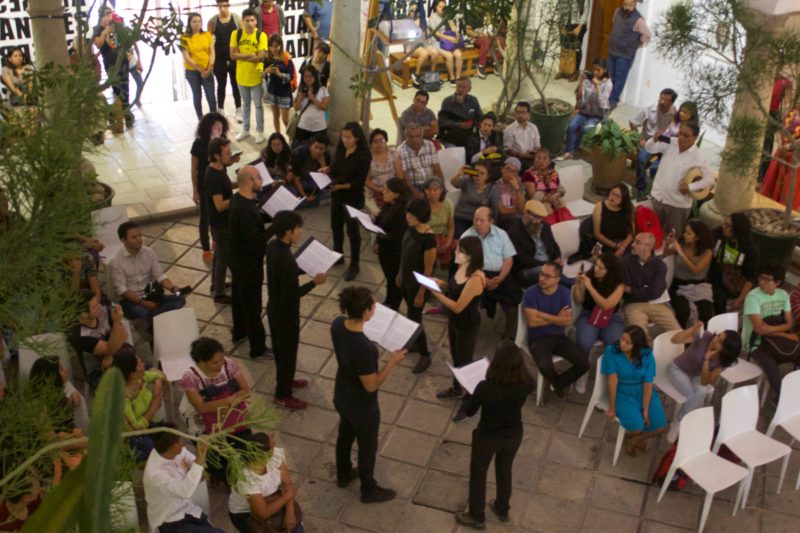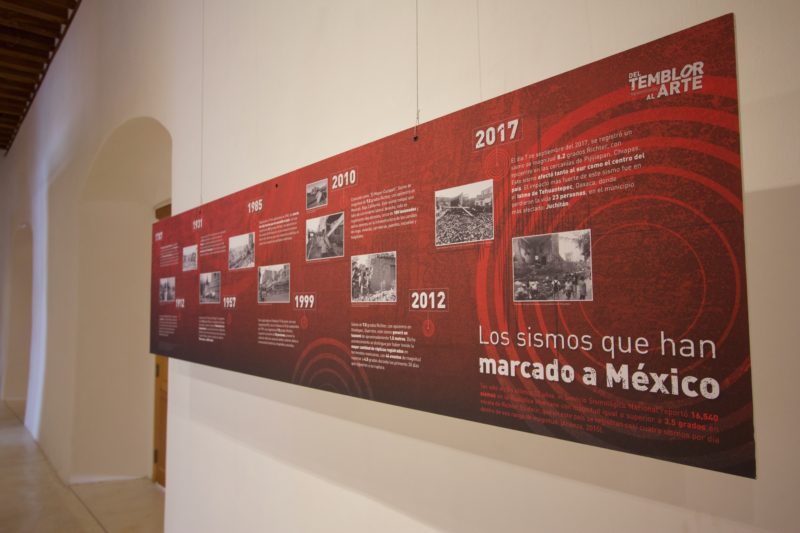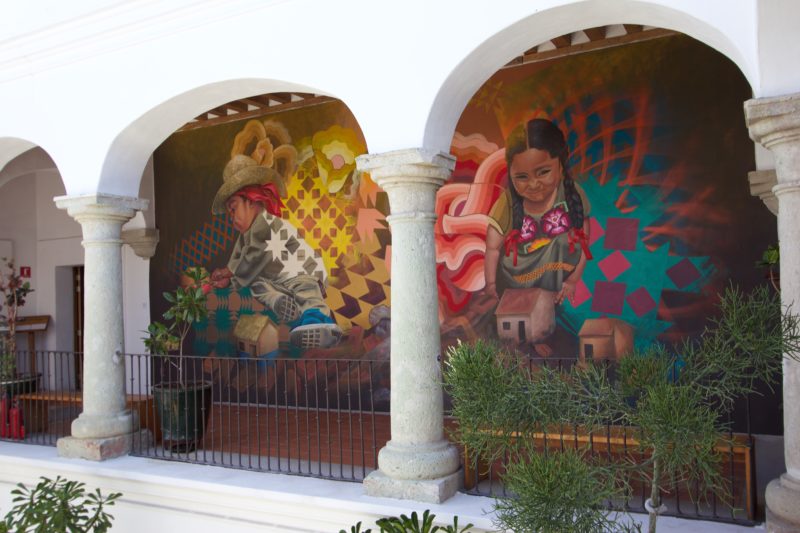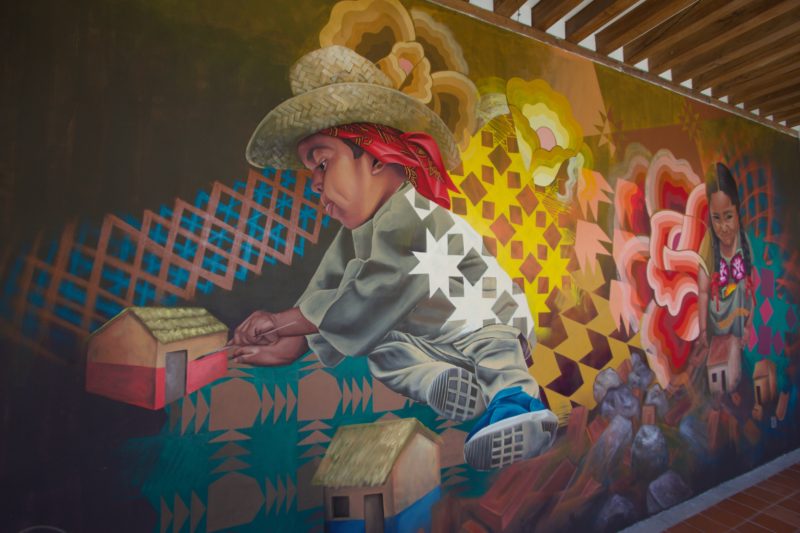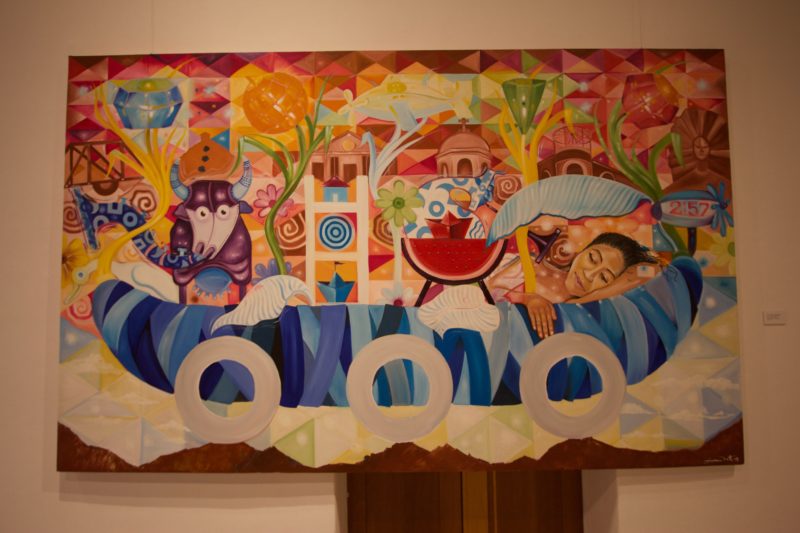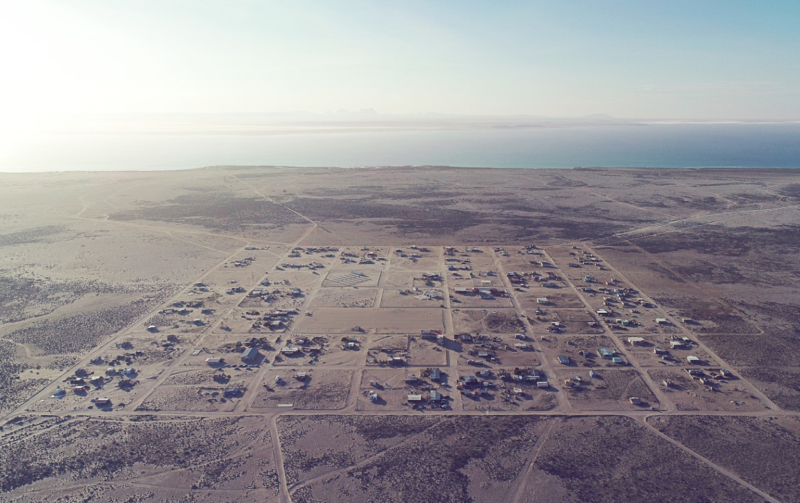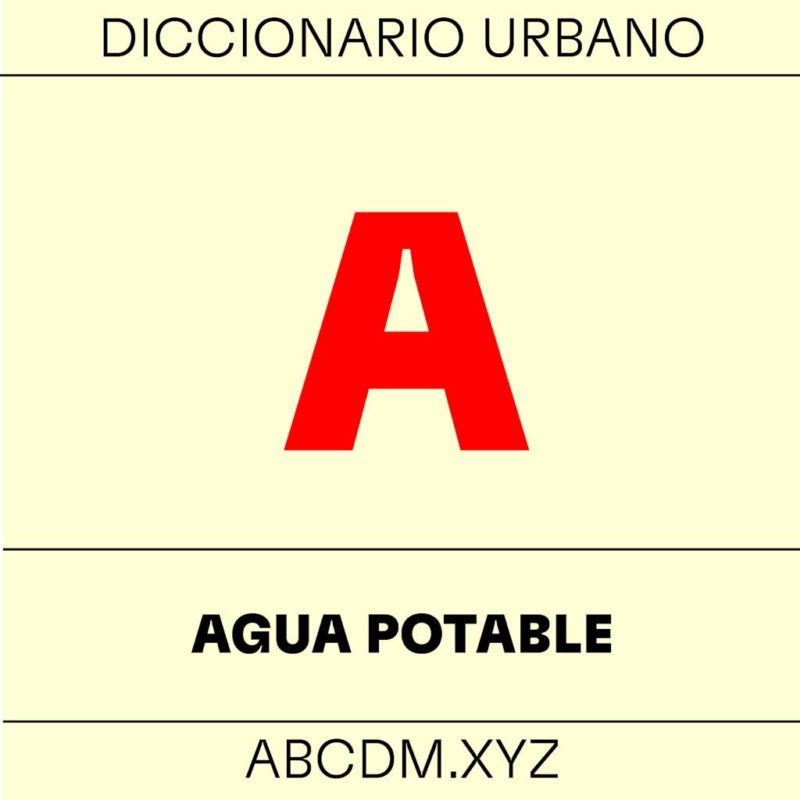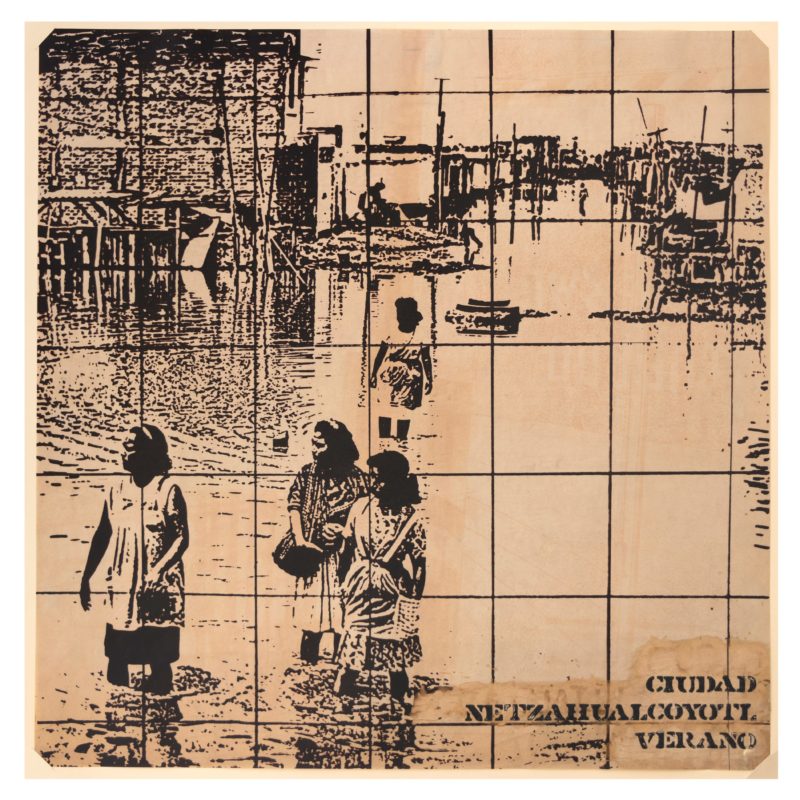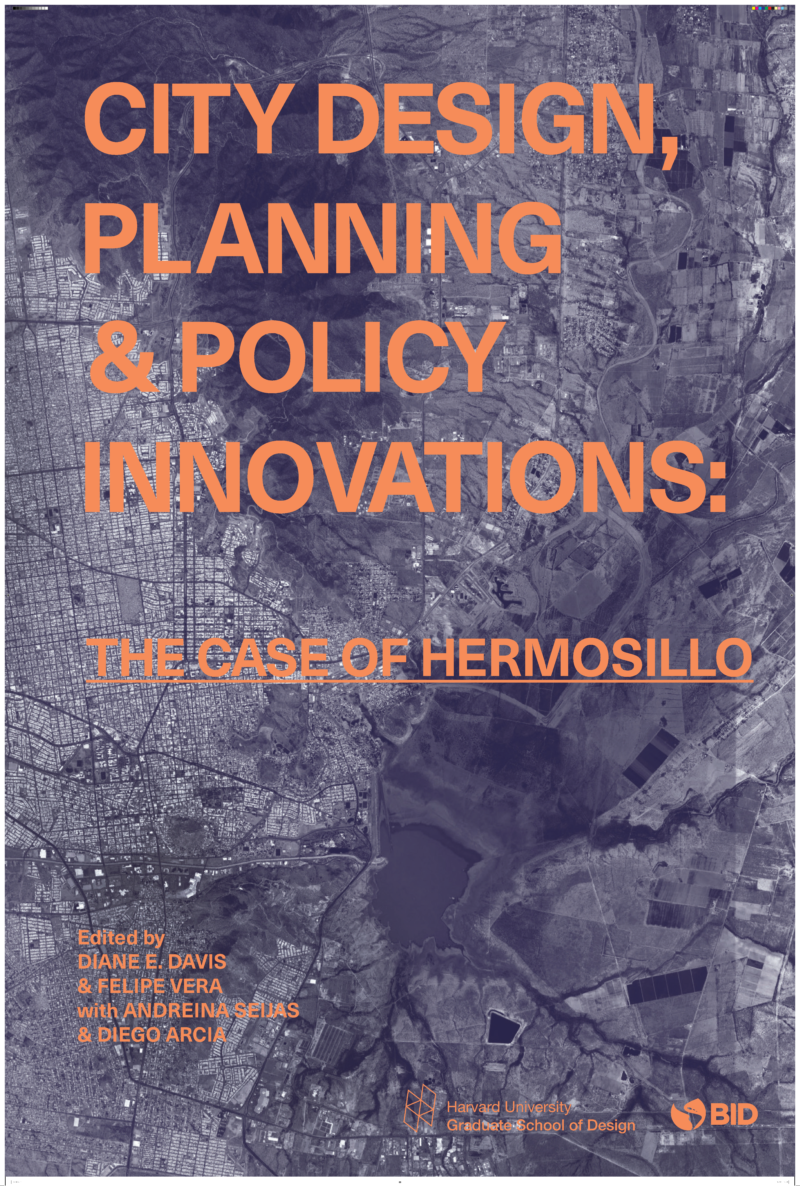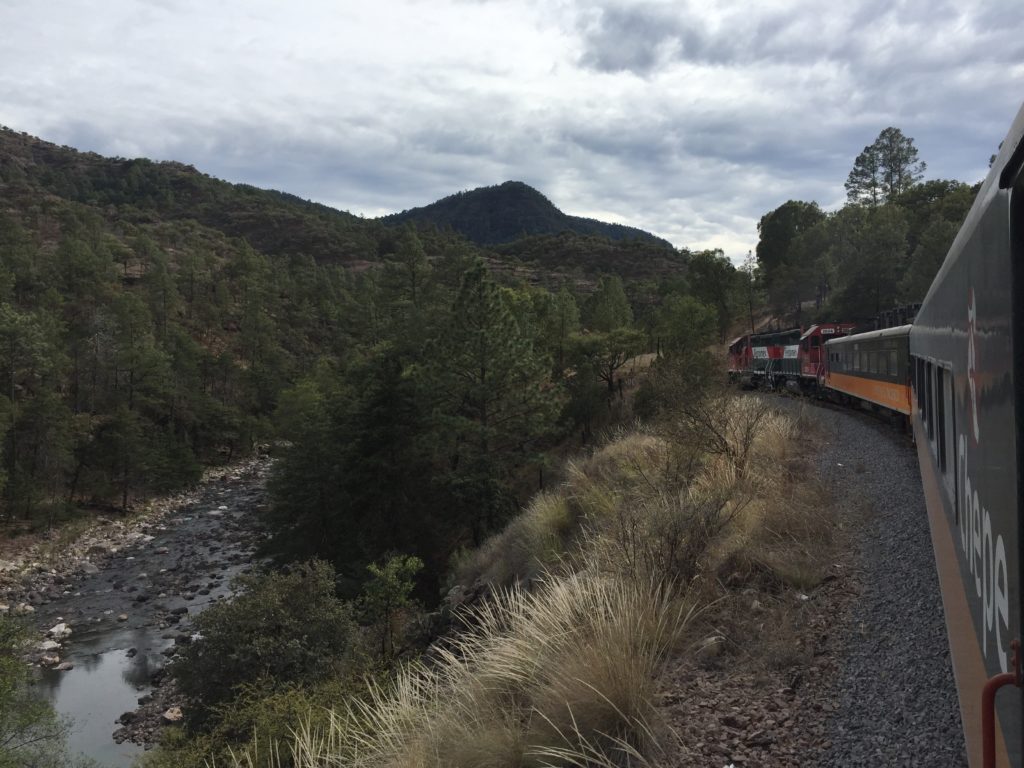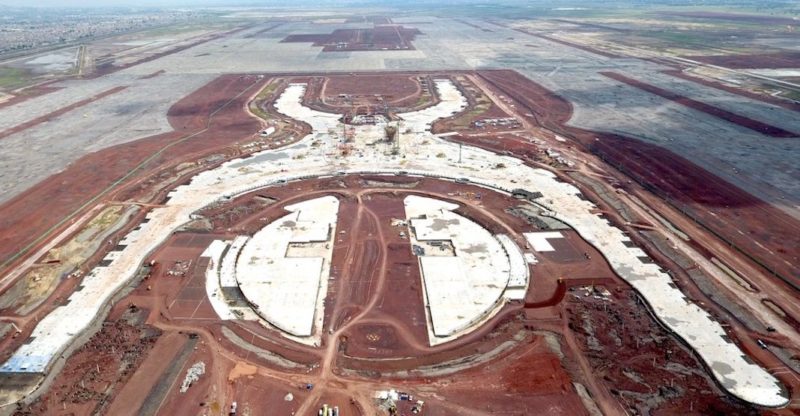Juan Fernández González is a Master of Architecture Candidate at the Harvard Graduate School of Design and an Architectural Sketching Course Lecturer at McGill University. He grew up in Cuernavaca (Mexico) and Montreal (Canada). In his article for ReVista: Harvard Review of Latin America, Juan reflects on his research on colectivos, privately-owned public transportation, as forms of concealed city infrastructure. He shares how his research began in Mexico City as a 2022 MCI Summer Research, and later evolved into a comparative investigation of colectivos in Buenos Aires and Santiago. He is currently working on a publication that draws lessons from Buenos Aires and Santiago […]
Category Archives: Blog
Lorenzo Rocha is an architect focused on the experimental use of urban spaces. Lorenzo has published two books, Essays on Photography and Architecture (Diamantina, 2011) and Arquitectura Crítica: Proyectos con espíritu inconformista (Turner, 2018), and contributes regularly to the Milenio newspaper. He currently works as a researcher at the Instituto de Estudios Críticos 17. Q: Your recent article focuses on the De la Lama y Basurto company’s development of three well-known neighborhoods in Mexico City between 1920 and 1945. You trace the urban planning histories of Condesa, Polanco, and Lomas De Chapultepec and consider the theoretical perspectives that influenced their […]
David Gómez-Álvarez is a research professor at the Universidad de Guadalajara and Executive Director of Transversal Think Tank. Jessica Correa and Calep Pimienta are researchers at Transversal Think Tank. Calep is also a member of the “Federalismo en COVID” initiative, an interactive platform that analyzes social and economic policy instruments in the context of COVID-19. The COVID-19 health crisis creates opportunities to analyze state government activity in Mexico. The social and economic impact faced by each of the country’s state governments demonstrates their responses to the cultural, social, and economic particularities of each locality, but also to their institutional capacities […]
Del Temblor al Arte Artists’ responses to the earthquake in the Isthmus of Tehuantepec are a perfect example of how art can contribute, in an extreme situation like the one triggered in 2017, to expand community awareness by leveraging the potential of local culture. Antonio Moya-Latorre PhD Candidate in City and Regional Planning / Cornell University Architecture & Music / www.amaseme.net Photo credits: Sandra Fernández & Marco Antonio Peralta Velasco. That night, when the earth shook, thousands of stories where buried under the rubble of what had once been the homes and spaces of entire communities. The setting of their lives […]
Oliver J. Curtis and Gabriel Muñoz Moreno met in 2015 while at the Harvard Graduate School of Design where their common interest in architecture and ecology brought them together. As co-recipients of a research fellowship through Harvard’s Mexican Cities Initiative, they studied adaptation and development patterns throughout the oases of Baja California. An arid and rugged mountainous ridge, the Baja California region is home to more than one hundred inland and coastal oases. This project explored the development patterns, construction methods, and resiliency strategies already in place to understand the impacts of urban- and tourism-related growth. Without preconceived notions, they […]
The Mexico City Urban Dictionary released its first 10 episodes on iTunes last November 7th, 2019. Project Website Mexico City Urban Dictionary – iTunes This collaborative project aims to identify and organize the terms we use as frameworks for contemporary urban work. It makes use of the podcast as a space for mapping, discussing and defining the urban and architectural concepts that make this city a disputed territory. Each episode is a conversation between architects, urban planners, engineers, activists, logisticians, among many others. Through these conversations, the project aims to contextualize terms in their spatial, social and temporal dimension by […]
Evan Neuhausen AMLO’s historic landslide victory in the 2018 elections marks a milestone in Mexico’s long transition from corrupt and authoritarian neoliberalism to democracy. This transition began in the early 1970s in the urban periphery of Mexico’s cities, where veterans of the 1968 Student Movement had moved to organize the urban poor. These organizations, at first isolated and small, coalesced into a national movement, the Movimiento Urban Popular (MUP). By the early and mid-1980s, MUP had successfully broken PRI’s control over Mexico’s urban populations, especially amongst the urban poor. Rapidly losing legitimacy and control over the urban poor in the […]
“City Design, Planning and Policy Innovations: The Case of Hermosillo” is an upcoming book by the IDB and Harvard that, thanks to the support of more than 40 experts, presents a relevant collection of public policy recommendations, programs and projects with the potential of transforming the future of this emerging city. Available for download free of cost at : https://publications.iadb.org/en/city-design-planning-policy-innovations-case-Hermosillo In an increasingly urbanized world, cities have become platforms for innovation and change, particularly in developing countries. In Latin America and the Caribbean, emerging cities have taken center stage. While megacities face great challenges to distribute goods and services […]
As part of our engagement with Mexico, the MCI blog is arranging a series of Q&A’s with professional practitioners and academics from the field of design and planning. In anticipation of the consultation happening this weekend for the Maya Train and Isthmus project, the MCI interviewed Mexican architect and landscape architect Gabriel Diaz Montemayor. He is currently Assistant Professor of Landscape Architecture at The University of Texas at Austin, and also leads LABOR Studio which is his private practice in Mexico. Q “The incoming federal government is proposing passenger and cargo rail megaprojects in the Yucatan Peninsula and Isthmus of […]
In what has become a highly political decision, the cancellation of the partly built NAIM airport in Texcoco comes with many implications; especially tensions in the relationship between the incoming government and the financial and business sector but also it provides us with a benchmark for what to expect regarding upcoming consultations for several high profile projects. The issues brought up in this Q&A ,which was published before the cancellation of the airport, remain relevant for the upcoming public consultations being held on November 24th and 25th regarding the Tren Maya, refineries, Isthmus Plan, and social programs . Originally published […]
